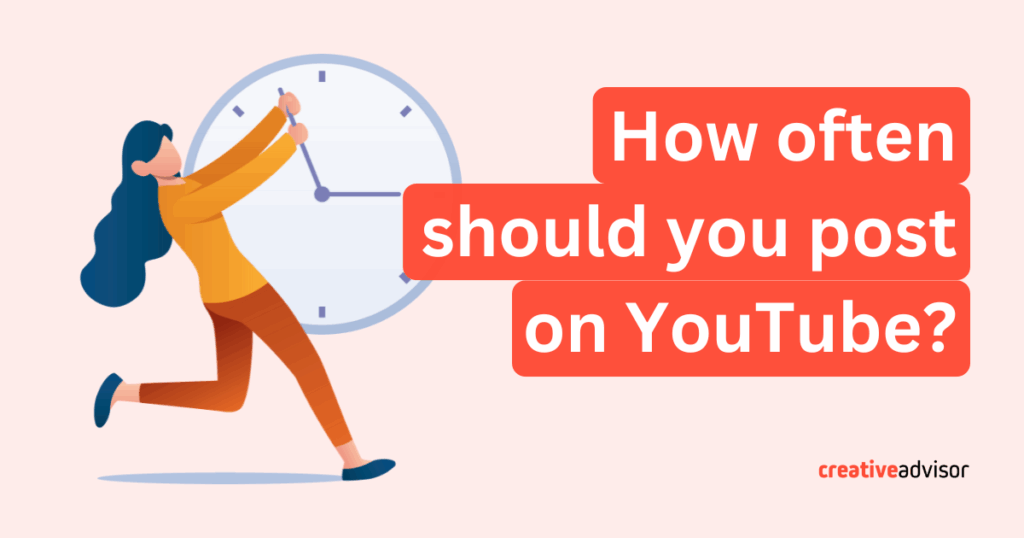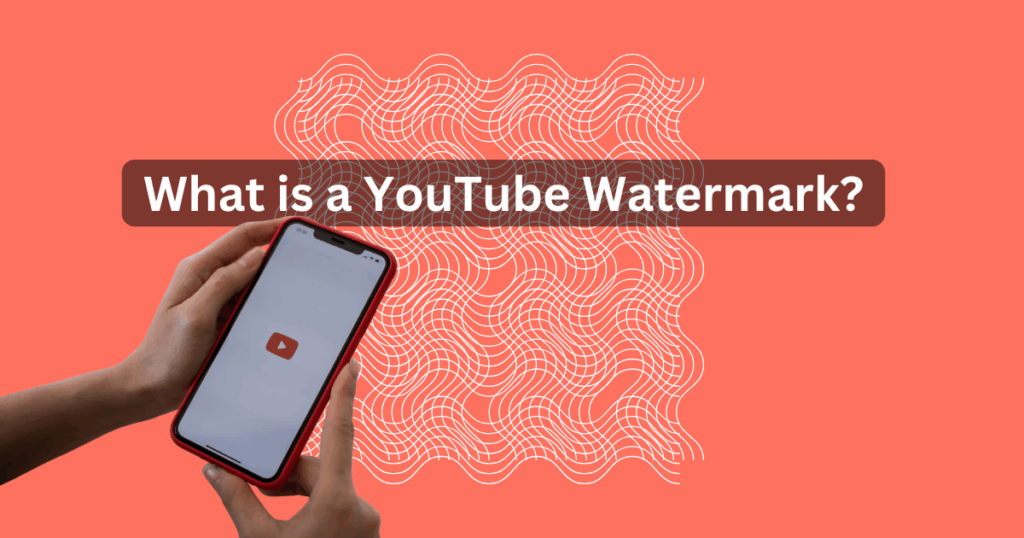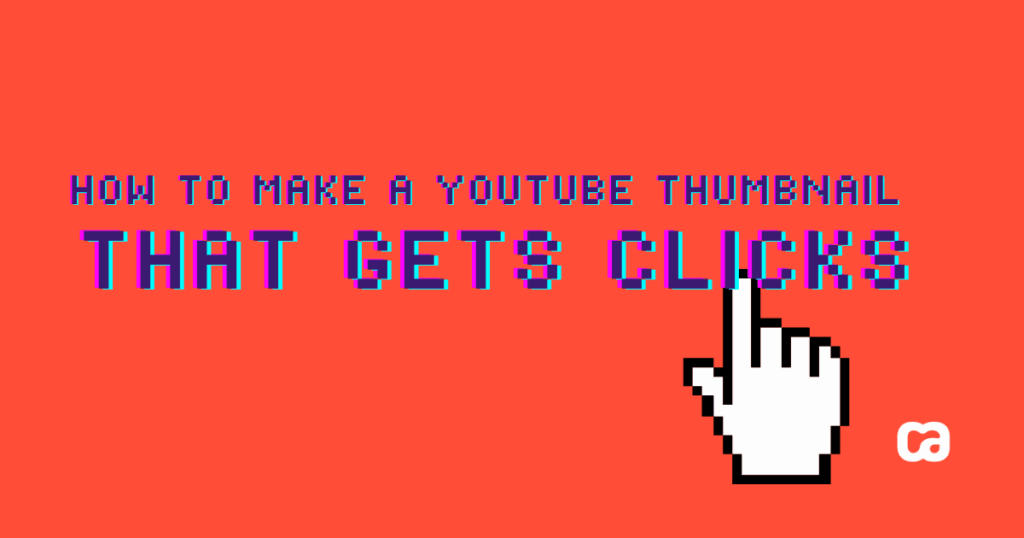“How often should I post on YouTube?” It’s the question that pops up in creator forums, marketing meetings — and probably your own head. You’ve seen the advice: post daily! weekly! exactly three times a month! It’s everywhere… and often contradictory.
The truth? There’s no magic number. But this guide cuts through the noise with platform insights, expert tips, and real creator experiences to help you find what actually works.
Instead of chasing algorithms, you’ll learn how to build a posting rhythm that fits your content, your audience, and your capacity; for real, sustainable growth.
The Myth Of The “Magic Number”
Scan the web, and you’ll find plenty of benchmarks. Posting at least once a week is a common baseline recommendation. Some suggest 2-3 times a week is optimal for growth, while daily uploads are often pushed for Shorts, news channels, or those aiming for rapid expansion.
Conversely, less frequent posting (monthly or even less) is acknowledged for high-effort content. Many guides claim to be “data-driven,” especially when recommending the “best time to post.” However, digging into these claims reveals significant inconsistencies.
Studies from major platforms like Sprout Social, and HubSpot offer contradictory advice on the best days and times to upload.
Conflicting “Best Time To Post” Study Findings
| Study Source | Best Day(s) Recommended | Best Time(s) Recommended | Worst Day(s) Recommended |
|---|---|---|---|
| Buffer | Wednesday, Thursday, Friday | 4 p.m. (Wed/Thu), 3-5 p.m. (Weekdays) | Sunday, Saturday |
| Sprout Social | Monday – Thursday | 1 p.m. (Daily), 10 a.m. (Wed/Fri) | Saturday |
| HubSpot (via Quickframe) | Friday, Saturday, Sunday, Thursday | 6 p.m. – 9 p.m., 12 p.m. – 3 p.m. | Monday, Tuesday |
Note: Times are generally local unless specified. The discrepancies highlight the unreliability of generic advice.
Why the contradictions? Different methodologies, datasets, and timeframes are used. More importantly, these aggregated studies average out the crucial variations between niches, audience demographics, and content types.
Some sources even make bold claims about frequency boosting recommendations without transparent data or methodology. The takeaway? Generic “best time” or frequency advice based on broad data is unreliable for your specific channel.
Your own analytics are far more valuable. Thinking about how often you should post on YouTube requires a more personalized approach.
Understanding What Really Matters
The conversation often mixes up two key concepts:
- Consistency: This is about predictability and reliability over time. The consistency vs. frequency, acting or producing content in the same way, meeting the expectations you set for your audience (whether that’s a specific upload day, a standard of quality, or a topic focus). Consistency builds trust it’s about being dependable.
- Frequency: This is simply the volume or rate of uploads how often you post (daily, weekly, monthly).
You can be consistent without being frequent one amazing video reliably on the first of the month. You can also be frequent without being inconsistent posting daily for weeks, then disappearing.
Why Consistency Matters:
It helps audiences form habits around your channel, builds trust through reliability, and manages viewer expectations. Many experts prioritize this predictability.
Think of it like your favorite TV show. You knew when it aired, and you tuned in because you trusted the quality and enjoyment it provided. That’s the power of consistency; it builds anticipation and loyalty for your channel.
Why Frequency Matters:
Each upload is a chance for discovery. More uploads mean more data points to learn from and more practice. Higher frequency can accelerate growth, especially early on, which helps in understanding how to get more subscribers on YouTube.
Certain niches (like news) often demand higher frequency.
The most vital consistency is reliably delivering value and meeting audience expectations for quality and topic focus. Frequency should be set at the highest rate you can sustain without compromising this core value proposition.
Your YouTube posting frequency is less about hitting a specific number and more about maintaining a standard your audience can rely on.
Why Sacrificing Quality Kills Growth
No amount of consistency or frequency can save a channel if the content itself isn’t good. “Quality” on YouTube isn’t just about fancy cameras it’s about providing value educating, entertaining, inspiring and keeping viewers engaged.
Creator Modern Millie, experimented with doubling her posts from once to twice a week. While overall channel metrics rose (partly due to a prior viral hit), she noted the quality of the videos produced during the higher-frequency month dropped significantly.
Less research time led to “lazy” ideas that underperformed individually and had lower subscriber conversion rates. Many creators explicitly choose lower frequency to maintain their standards, recognizing that “garbage” content harms their channel.
Leveraging Your Audience And Niche
Forget generic advice, your best guide is actually your own channel data and context.
- YouTube Analytics is Your Goldmine: Dive into the “Audience” tab in YouTube Studio. This is far more reliable than any external study. Pay attention to:
- When your viewers are on YouTube: This chart shows your audience’s peak activity times. Use it to schedule uploads just before these peaks.
- Demographics: Age, gender, location and timing.
- Watch Time Sources: Understand subscriber vs. non-subscriber engagement.
- Other Content Watched: See what else interests your audience.
- Average Views per Viewer (APV): Track this if you experiment with frequency, as mentioned earlier.
- Generic “Best Times” are Misleading: As shown earlier, these studies conflict. Many creators and YouTube itself state that the exact upload time has little impact on a video’s long-term performance.
The algorithm prioritizes matching good content with viewers whenever they’re online. While timing might affect initial hours, long-term success depends on metrics like retention and engagement, not the timestamp. Understanding YouTube SEO for Beginners principles is more impactful long-term.
- Niche and Content Type Matter: Optimal frequency varies hugely:
- Time-Sensitive (News, Trends): Often requires daily or higher frequency.
- Personality/Vlogging: Can benefit from more frequent uploads (daily/weekly).
- Educational/Tutorials: Quality often dictates weekly, bi-weekly, or monthly.
- High-Production (Documentaries, Animation): Infrequent uploads are the norm.
- Look at successful channels in your niche for benchmarks, but adapt to your own capacity.
- Listen to Your Audience: Ask viewers directly (in videos, polls, comments) about their preferences. Monitor engagement patterns.
Developing Your Smart Posting Strategy
Ready to find your ideal rhythm? Forget the magic number and follow this framework:
- Start with Sustainability: Honestly assess your time, energy, and resources. Choose a baseline frequency you can realistically maintain long-term without burnout.
- Prioritize Quality & Value: Ensure your chosen frequency allows enough time to create content you’re proud of and that genuinely serves your audience. Never sacrifice quality for quantity, as discussed previously.
- Ensure Consistency (in Value & Expectation): Focus on reliably delivering the expected quality and content type. A predictable schedule is great if sustainable, but consistent value matters more.
- Use Audience Insights: Regularly check your YouTube Analytics (especially the Audience tab) to understand your viewers’ behavior and preferences.
- Consider Niche Context: Factor in the norms and expectations of your specific content area.
- Experiment & Adapt: Once you have a sustainable, quality-focused baseline, make small, controlled changes to your frequency (try one more or one less video per week/month for 4-8 weeks). Rigorously track the impact on key metrics (Audience Retention, APV, Engagement, Subscriber Growth) and your own well-being. Analyze the results objectively and adjust. This iterative process helps you fine-tune the best YouTube upload schedule for you and ultimately helps you learn how to get more views on YouTube.
| Frequency Tier | Pros | Cons | Best Suited For | Key Considerations |
|---|---|---|---|---|
| Multiple daily | Max exposure, fast feedback | Highest burnout/quality risk, may overwhelm | News, trends, shorts, large teams | Sustainability, quality control, audience fatigue |
| Daily | High exposure, fast feedback, strong habit | High burnout/quality risk, needs efficiency | Vlogging, some gaming, commentary, teams | Sustainability, quality, niche, audience capacity |
| 2-3x / Week | Good visibility/quality balance, Momentum | Needs organization, potential fatigue | Growing channels, steady ideas | Workflow, quality consistency, engagement |
| 1x / Week | Focus on quality, sustainable, routine | Slower momentum, less data | Beginners, solo creators, educational | Quality standard, retention, consistency |
| Bi-Weekly/Monthly | Max time for quality/depth, less burnout | Slowest momentum, risk of being forgotten | High-production, deep research | Audience connection, promotion strategy |
Find Your Rhythm, Focus On Value
Determining how often you should post on YouTube isn’t about finding a secret number hidden in the algorithm. It’s about crafting a smart, personalized strategy.
The best YouTube upload schedule is the one that allows you to consistently deliver high-quality, valuable content to your specific audience, sustainably, over the long haul. Prioritize your well-being and set realistic goals.
By building a sustainable workflow centered on quality and audience understanding, you’ll be on the path to meaningful, long-term growth no magic number required. Now go find your rhythm!




